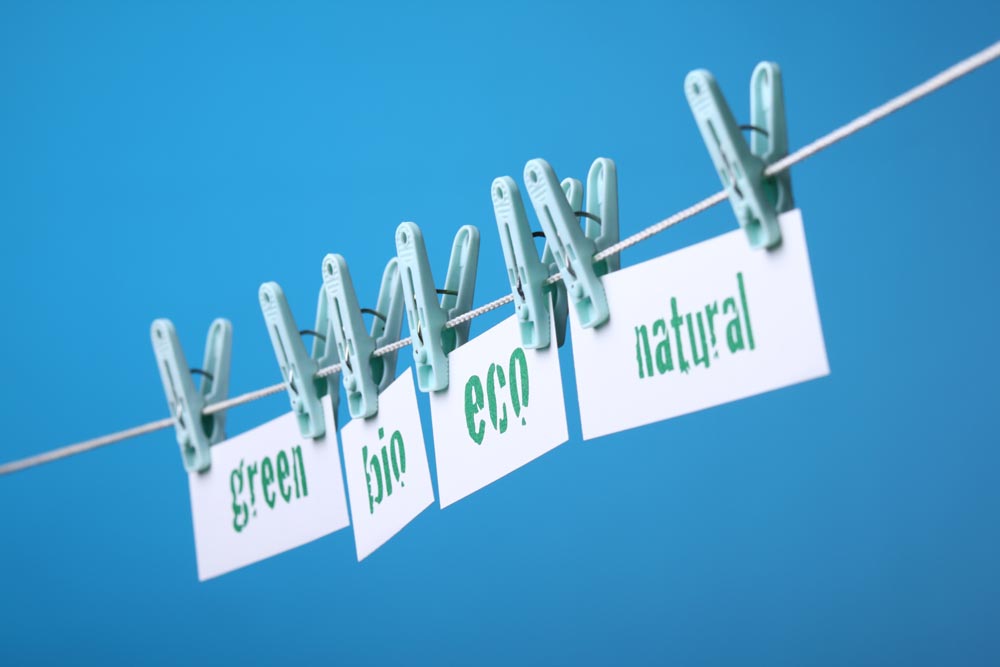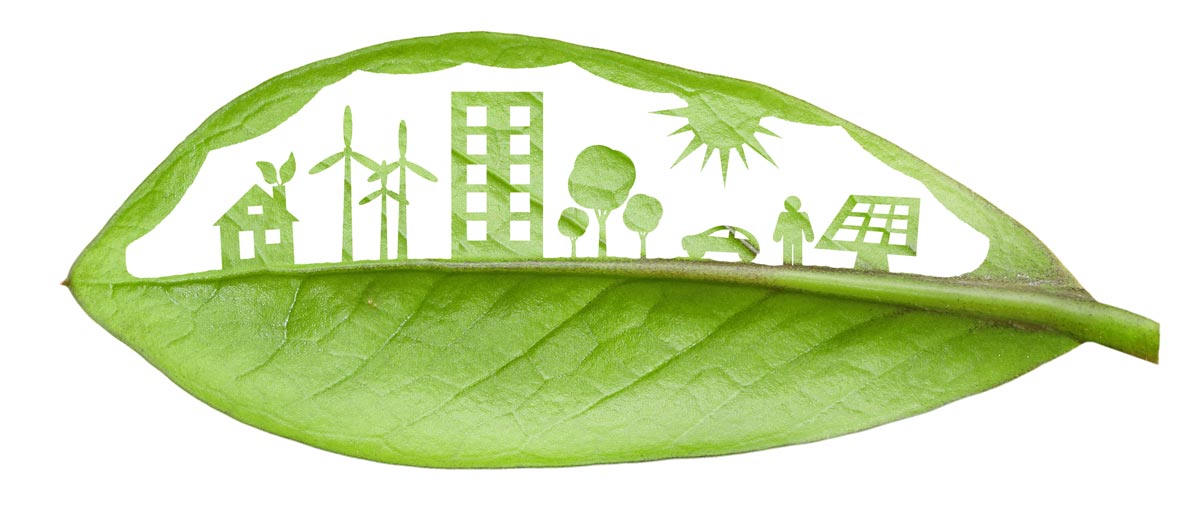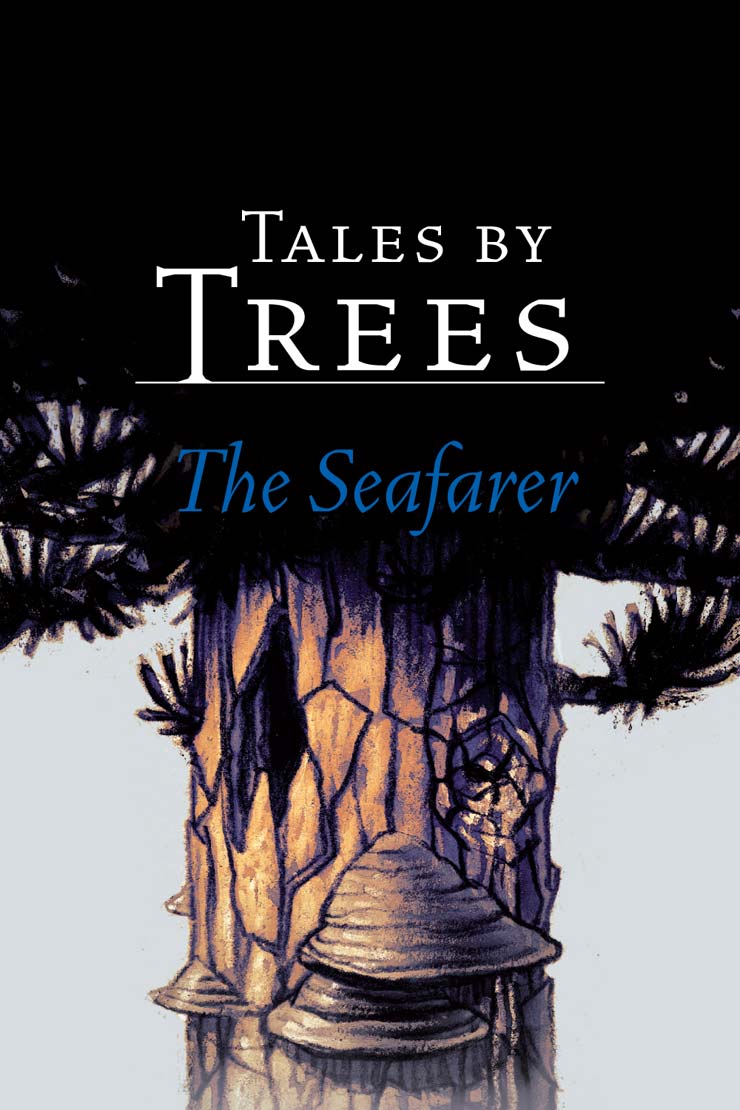
4 Surprising Lessons from Communicating Sustainability
When a new brand enters the market with a message of ecological sustainability, it can face surprising communicative challenges. Consumers have for so long been outright lied to by companies trying to capitalize on the green movement that many have developed a strong suspicion on anything that even remotely smells of greenwashing.
Last December, we launched our art & design brand, Tales by Trees, with a crowdfunding campaign on Indiegogo. Two products were on offer: a wooden home décor sculpture and a book series. We make both with our net positive model where the underlying customer promise is that the products are designed to increase natural resources — whatever we use, we put back in the environment and then some.
Our campaign ran for a month and finished successfully in mid-January, reaching over 150% of its funding goal and gaining contributions from customers in over 20 different countries. The overall consumer response on social media was largely positive, with our goals and message clearly resonating with many eco-conscious people from around the world.
But naturally, not all of the feedback was favorable to us. Although we knew to expect some skepticism and outright resistance to our model, the amount of negativity that we encountered during the campaign still surprised us. What was especially surprising, and sometimes a little painful, was the backlash coming from some clearly well-educated, ecologically minded people. Climate change deniers, internet trolls and their ilk we could handle, but being unable to convince some people who should in theory be right at the center of our target market was tough. On the other hand, it was also a great learning experience.
This article collects some of the experiences and main lessons that we learnt during the campaign. Maybe you are working on launching a sustainable brand or are just curious about what goes behind the scenes in such an endeavor. Either way, we hope that you find our observations useful and interesting.
Fighting Back Against Greenwashing
One of the main issues that we encountered during the campaign was the skepticism of our claims. Many people were automatically looking for the hidden reality that we aren’t as green as we are saying. The idea that a company could somehow give back more than it takes out from nature is suspicious to many, likely because they are so used to dealing with marketing greenwashing. In today’s industry, buzzwords are thrown around like “eco”, “all natural”, “organic”, “green”, “earth-friendly,” and so on, yet in reality those terms have no agreed or regulated meaning and a lot of these products only contain a tiny environmental benefit or improvement over any other kind of average product. It’s all for show, an appearances game they play with the public. It is no surprise then that the educated and environmentally conscious consumer has become intelligent enough to look for the fine print and to research the actual practices of the companies they support. And what they find out can often be frustrating and embittering. This is clearly reflected in the suspicion that a new concept like our “net positive” can face. “Oh great,” they think, “Another gimmick! Now they are making up new terms.”

We knew before our campaign that this would be a challenge and had prepared a net positivity page that explains how our model works. In addition to a general synopsis, it includes a 23-page document that goes into the full details of exactly how much our company, products, and production methods consume and pollute, and in what ways we compensate to reach net positivity. We found this page to be an extremely important communicative tool as it demonstrated that we were actually able to back up our claims and give real data to all the questions thrown at us. Many people who expressed skepticism at first changed their opinions after examining our goals and policy of full disclosure.
This brings us to a key point for any environmentally conscious business. Based on our experience, if a company today wants to claim that it is eco-friendly or net positive, and wishes to engage with its audience, it must be able to demonstrate that its claims are actually true and not just a marketing stunt. This requires transparency and the willingness to listen and communicate. With our data and openness, we were able to convert many of those initially skeptical of our claims into brand followers, and some even to paying customers and brand advocates.
What IS a Net Positive Company?
Another major source of criticism that we faced came from confusion or disagreement about what exactly it is that a net positive company like ours tries to accomplish. What is this new term “net positive?” Although on a basic level it is actually a fairly simple business concept – wherein you put back into nature and society far more than you consume, creating a system where nature and society directly benefit from commercial interests — net positivity is not yet a household term, and requires explanation.
But even after explanations, there are people for whom the idea of a business giving back is not enough. The fact that a company is consuming a resource at all, and in our case cutting down trees while claiming to support forest conservation and reforestation, is either incomprehensible or unacceptable to some. Even if we pointed out that for every single tree cut to make our wooden sculptures, we plant over one thousand new trees and protect old forests, these people saw us as hypocrites. How could we claim to love trees if we chop them down? Or why wouldn’t we at least use recycled materials instead?
The source of a lot of this type of criticism seemed to be a false comparison, where we — a business that manufactures products — were being evaluated like a non-profit organization. It seemed to us that as soon as we started to talk about “giving back,” many people instantly saw us as a charity, and when our production methods and material use did not fit that idea(l), we were seen in a negative light. This is a big communicative hurdle because naturally in terms of its footprint and handprint, a for-profit startup will always have major difficulties competing with non-profits. And from our perspective, that really isn’t even the goal: we work together with, not in competition with, non-profit organizations.
The fact is, we are a business and we make every choice to achieve both a sustainable business and a practical, for-profit business. So for example, though a large number of people asked why we were not using recycled or alternative materials, it was something that we had investigated, but had found very difficult to implement. In our experience, setting up meaningful production pipelines with these materials is still very challenging, indeed nearly impossible, especially if you want to maintain high-quality control, as we do. The reality also is that even if we used recycled wood, its manufacturing, as well as the production, transportation, packaging and everything else would still be accounted for as using natural resources and causing emissions. While recycled and upcycled materials definitely offer possibilities, ultimately they are no magic bullet, or in themselves net positive. The key point is that though our business structure may seem at odds with a sustainable planet, when evaluated from a practical, long-term perspective it actually may be the more environmentally sound choice.

It was not always easy to get this idea across. A net positive company is both pro-environment and pro-business, two ideas that seem mutually exclusive to many people. But the net positive vision is that we must actually have both in our economy in order to move forward to a sustainable future.
What in the end usually helped in communicating net positivity was, again, straightforward numbers. At the end of the day, we have now cut a total of four (4) sustainably grown birch trees in order to make the Seeds that our backers ordered. At the same time, those sales will allow us to plant 7,650 new trees. And that’s just from the Seeds. Combined with the book sales, the actions of our founding backers will remove a total of 60,000 lb of CO2 from the atmosphere and protect 200,000 lb of natural resources. Production consumption and emissions have been accounted for in these numbers, so that’s all positive impact.
Show your audience numbers like these, and as long as those numbers are correct, they are guaranteed to show the big picture and change some opinions.
Transforming, Not Repressing, the Market
Another major reason for criticism about our material use had to do with the nature of our products. If you claim your products are good for the planet and its resources, this instantly calls into question the need for that product’s existence at all. The lack of any perceived practical or functional application, especially in the case of our new product, the Seed, bothered some. “Why are you consuming resources for art pieces that no one really needs (or wants)?” was a fairly common type of criticism that people had.

While a very good question, this misses an important aspect of our net positive solution—acknowledging and transforming existing markets. It is fairly easy to show that there is demand for home décor like the Seed and that many are happy to buy an ecologically net positive alternative if one is available, rather than a similar piece that leaves natural resources depleted. After all, our campaign reached its initial target in just one week. And sales figures for home décor are huge worldwide. So, there is certainly a business market there, which will continue to exist. We are not trying to deny the industry. Our vision, however, is to turn these industries into something sustainable for the planet. The goal of net positivity is to provide businesses with a viable environmentally conscious business model and customers with viable alternatives to ecologically damaging products.
Another reason we aim to elevate the market, rather than deny the market, is because we find value in them. The market demand does often exist for a good reason at root. Our niche, for example, is home décor, art, and things which beautify your space and stimulate your mind. Now, we acknowledge that our products may not be everyone’s idea of luxury or art. Arguing about matters of taste in art is in the end futile, and in our communication we did our best not to go down that route. But ultimately, as an art & design company, we strongly believe that products like ours have an important place and function in society. Art & design brings comfort to people’s daily lives and unites us as people. It is a necessity and a part that makes us human. Art must be included in the plan for a sustainable future because it sustains and inspires the human spirit.
This is at the very heart of our net positive project. A truly sustainable future cannot be just about products that are consumed every day for bare survival, but also needs to cover the finer things in life. This is not only because the high demand for luxury products ensures the existence of that market and therefore we desperately need an applicable business model that is somehow also good for the planet. It is because we believe there is actually undeniable appeal and value in these “luxury” product markets, which can be elevated to a symbiosis between nature and the modern human race with a net positive approach.
This, however, is a challenging topic to communicate. The discussion will so easily go into taste preferences and the even more challenging philosophical questions of necessity, worth and value, while the solutions you believe in require some discussion of business realities, consumer behavior and practical environmentalism. All the while, you don’t want to come across as overly didactic or, worse yet, as someone pretending that they have all the answers. Thus it is important to maintain a balanced, respectful discussion with critics on these points.
Open Communication Is the Key
To us, net positivity seemed a simple concept on the surface, but explaining these finer points succinctly in a social media environment was (and is) challenging. Nevertheless, we were happy to notice that after we answered people honestly about what we were trying to accomplish and how, many skeptics came to agree with us and congratulate us on our model, even if they didn’t find our products interesting. This was a constant reminder of how important respectful communication and an honest exchange of information is to any enterprise. Responding defensively or aggressively would have been counter-productive because there was really nothing to fight about. Everyone wants a healthier planet and sustainable resources. So, it was a reminder that we are, in fact, all on the same side and that is how communications with skeptics should be approached.
In the end, all responses, positive and negative, are a rich resource of constructive criticism. Being open about these business realities, readily admitting that we have room to improve but are doing our best in the current moment, and talking about our plans to continue investigating these possibilities in the future, brought us a lot of goodwill. It also reflects two core principles of net positivity: a net positive company strives for transparency and always seeks to improve. We would never say that ours is a perfect solution, but we truly believe it could work. So, we welcome the critics because it enables us to grow stronger and continue to refine our net positive model as a practical way to change the business world.
On that note, we turn to you for further feedback. Did you follow our campaign and what did you think about it? What went right? What could we have done better?
Or have you perhaps also launched a sustainable brand or crowdfunding campaign? Did you have experiences similar to ours? What did you learn?
We’d really like to hear from you. Leave us a comment here or get in touch elsewhere!



